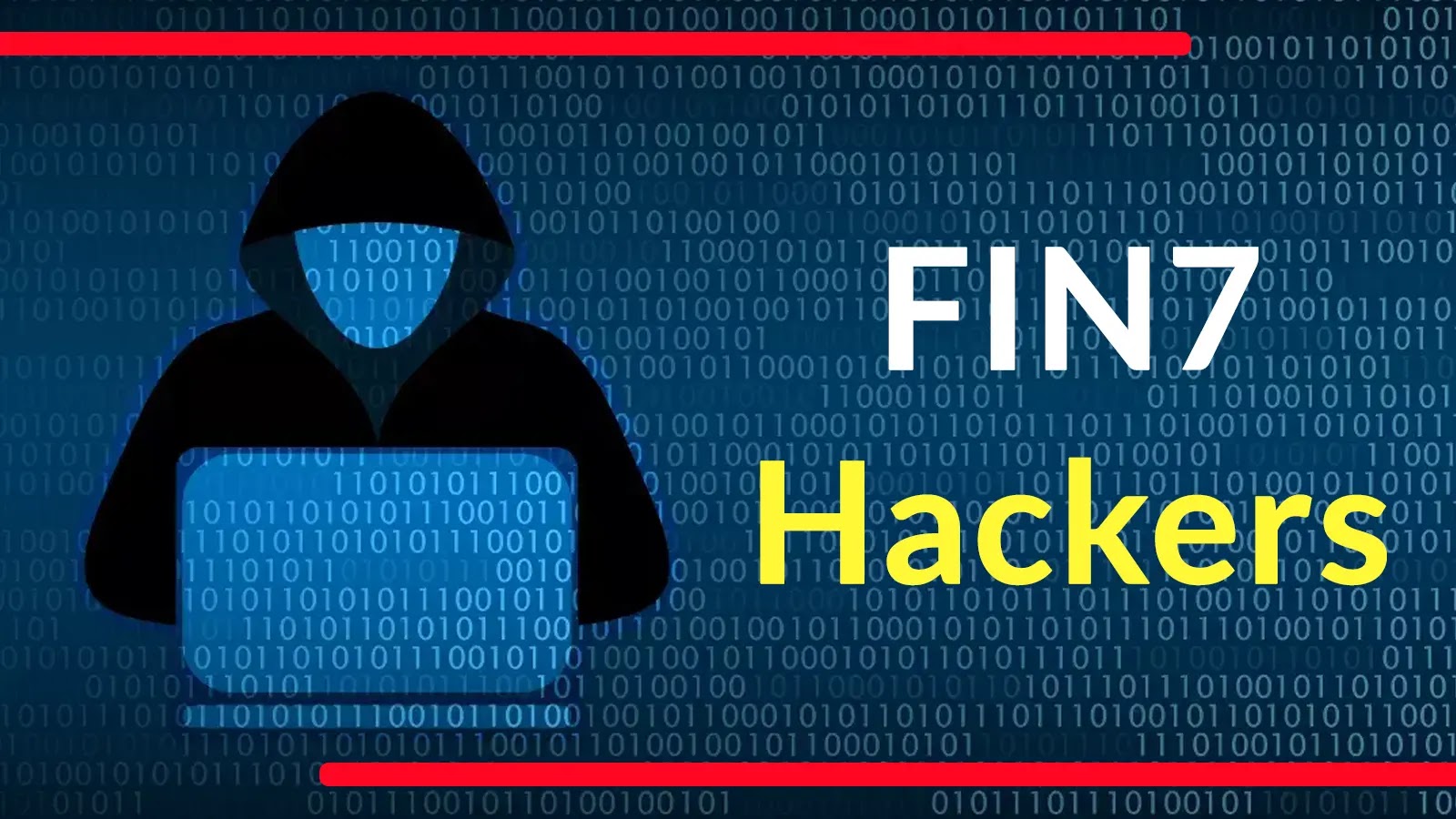
FIN7 Hackers Using Windows SSH Backdoor to Establish Stealthy Remote Access and Persistence
FIN7’s Stealthy Persistence: Unpacking the Windows SSH Backdoor Threat
The cybersecurity landscape presents a constant cat-and-mouse game, and staying ahead of sophisticated threat actors is paramount for enterprise security. One such actor, the notorious FIN7 group (also known as Savage Ladybug), continues to evolve its tactics, techniques, and procedures (TTPs), posing a significant and ongoing risk. Their latest refinement involves the active deployment of a highly effective Windows SSH backdoor, designed for stealthy remote access and persistent presence within compromised networks. Understanding this evolving threat is critical for any organization aiming to protect its digital assets.
The Evolving Threat of FIN7 (Savage Ladybug)
FIN7 has long been recognized as a financially motivated threat group with a history of sophisticated attacks, primarily targeting financial institutions and retail sectors. Their operations are characterized by meticulous planning, advanced malware, and a focus on data exfiltration leading to significant financial gain. The introduction and refinement of their Windows SSH backdoor, first documented in 2022, marks a strategic shift towards enhancing their long-term access capabilities within compromised environments. This backdoor facilitates covert communication and data transfer, making detection and eradication challenging.
Anatomy of the Windows SSH Backdoor
The Windows SSH backdoor employed by FIN7 is engineered for subtlety and effectiveness. While the specific technical details of its latest iterations are highly guarded by the group, its core functionality revolves around establishing a secure shell (SSH) tunnel. This tunnel allows the attackers to maintain persistent remote access to compromised systems, often bypassing traditional network security controls that might flag less sophisticated communication methods.
- Stealthy Communication: SSH traffic is often allowed for legitimate administrative purposes, enabling the backdoor to blend in with normal network activity.
- Persistent Access: Once established, the backdoor grants FIN7 a reliable and long-term foothold within the victim’s network, even after initial intrusion vectors are remediated.
- Data Exfiltration Facilitation: The secure tunnel is ideal for discreetly exfiltrating sensitive data, a primary objective of FIN7’s operations. This could include customer data, financial records, or intellectual property.
- Command and Control (C2): The SSH backdoor serves as a robust C2 channel, allowing attackers to issue commands, deploy additional malware, and navigate the compromised network virtually undetected.
Why SSH Backdoors Are So Effective
The choice of SSH as a backdoor mechanism is strategic for FIN7. Its inherent design for secure remote access provides several advantages for threat actors:
- Encryption: All traffic over an SSH connection is encrypted, making it difficult for security teams to inspect and understand the malicious communications.
- Port 22 Usage: SSH typically operates on port 22, a commonly open port in many corporate networks for legitimate system administration. This reduces the likelihood of the traffic being blocked by firewalls.
- Legitimate Tools Obfuscation: Attackers often leverage legitimate SSH clients and servers, making it harder to distinguish malicious activity from benign administrative tasks through simple signature-based detection.
- Bypassing Proxies and VPNs: In some configurations, SSH tunnels can be used to bypass network controls designed to monitor or restrict internet access, granting attackers a direct line to external C2 infrastructure.
Remediation Actions and Detection Strategies
Addressing the threat posed by FIN7’s Windows SSH backdoor requires a multi-layered security approach. Organizations must implement robust controls to detect, prevent, and respond to such sophisticated attacks.
Proactive measures are key:
- Strict Access Control: Implement the principle of least privilege for all user accounts and services. Regularly review and revoke unnecessary access.
- Multi-Factor Authentication (MFA): Enforce MFA for all remote access services, including SSH, RDP, and VPNs, to significantly reduce the risk of unauthorized access even if credentials are compromised.
- Network Segmentation: Segment your network to limit lateral movement. If an attacker gains a foothold, segmentation can contain the breach and prevent them from reaching critical assets.
- Software and System Patching: Keep all operating systems and applications up-to-date with the latest security patches. Many initial compromise vectors exploited by groups like FIN7 leverage known vulnerabilities.
- Endpoint Detection and Response (EDR)/Extended Detection and Response (XDR): Deploy advanced EDR/XDR solutions capable of behavioral analysis to detect anomalies indicative of SSH backdoor activity, such as unusual SSH connections, privilege escalation attempts, or data exfiltration patterns.
- Network Traffic Monitoring: Implement deep packet inspection and network traffic analysis to identify unusual SSH connections, connections to unknown external IPs, or anomalous data volumes.
- Regular Audits and Configuration Reviews: Periodically audit SSH configurations, known_hosts files, and authorized_keys files on Windows systems for unauthorized entries.
- User Education: Train employees to recognize and report phishing attempts, which are often the initial vector for sophisticated attacks.
Relevant Tools
| Tool Name | Purpose | Link |
|---|---|---|
| Osquery | Endpoint visibility, SQL-based queries for system activity (e.g., SSH connections, process anomalies). | https://osquery.io/ |
| Sysmon | Deep system activity monitoring (process creation, network connections, file modifications). | https://docs.microsoft.com/en-us/sysinternals/downloads/sysmon |
| Wireshark | Network protocol analyzer for deep inspection of network traffic, including SSH. | https://www.wireshark.org/ |
| Nmap | Network discovery and security auditing for identifying open ports and services, including SSH. | https://nmap.org/ |
| Microsoft Defender for Endpoint | Comprehensive EDR platform for Windows, Linux, and macOS. | https://www.microsoft.com/en-us/security/business/threat-protection/microsoft-defender-endpoint |
Staying Vigilant Against Advanced Persistent Threats
The FIN7 group’s continued reliance on and refinement of their Windows SSH backdoor underscores the critical need for constant vigilance and adaptive security strategies. Organizations must not only defend against known vulnerabilities but also prepare for sophisticated and stealthy attack methods. By prioritizing robust access controls, comprehensive monitoring, and continuous threat intelligence, enterprises can significantly enhance their resilience against advanced persistent threats like FIN7. Proactive defense and a deep understanding of attacker TTPs are the strongest bulwarks against these evolving challenges.





